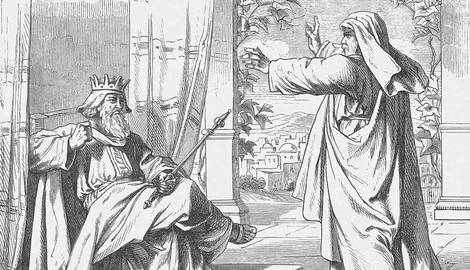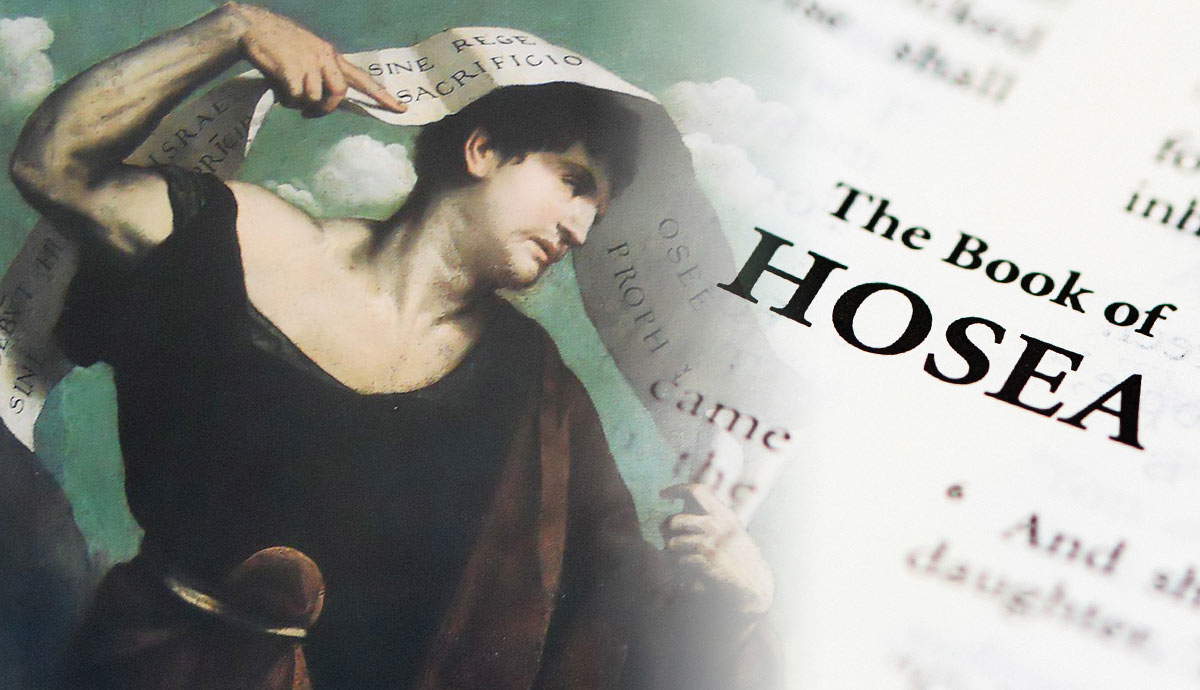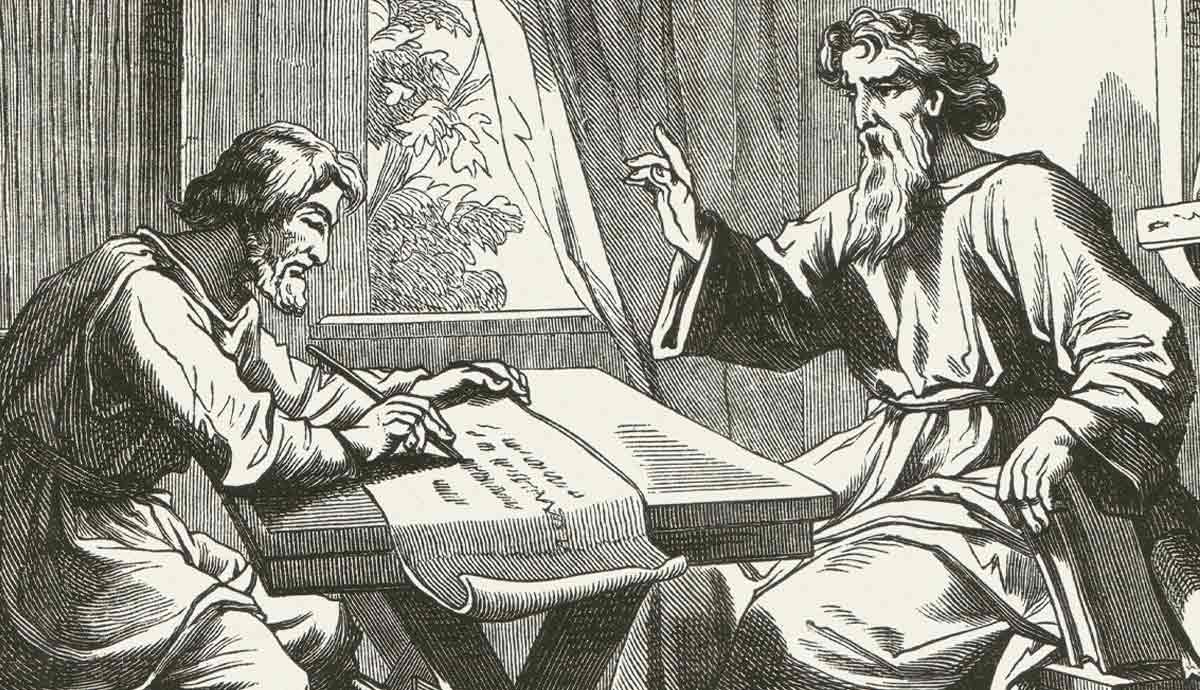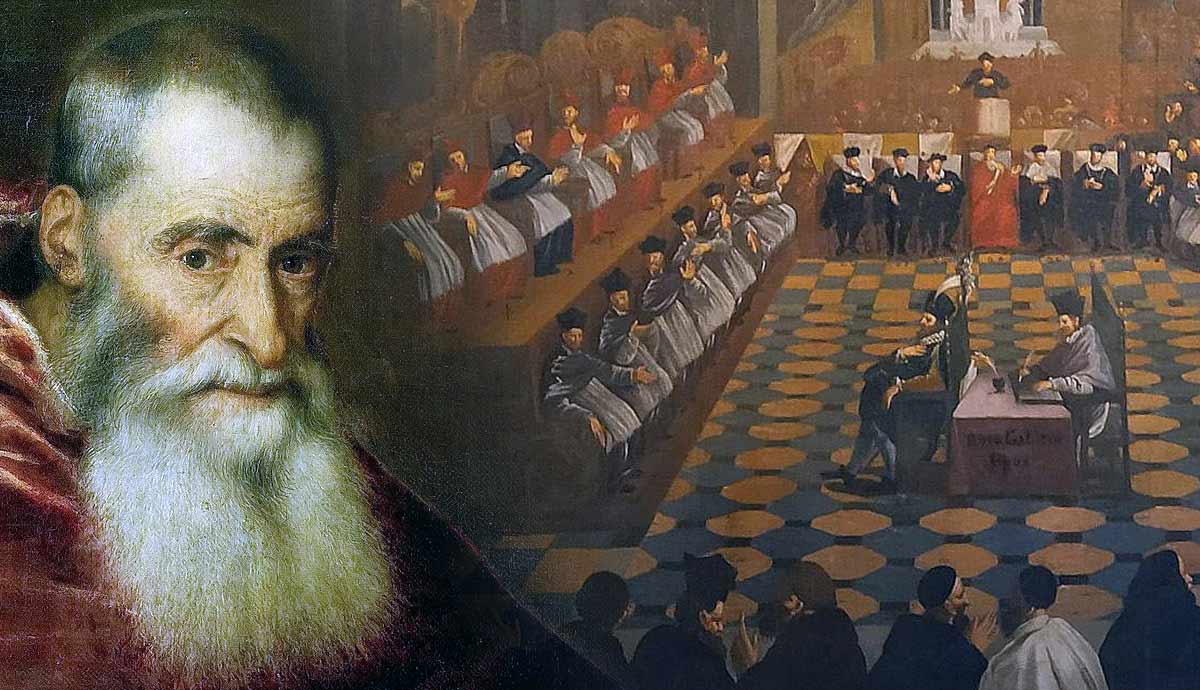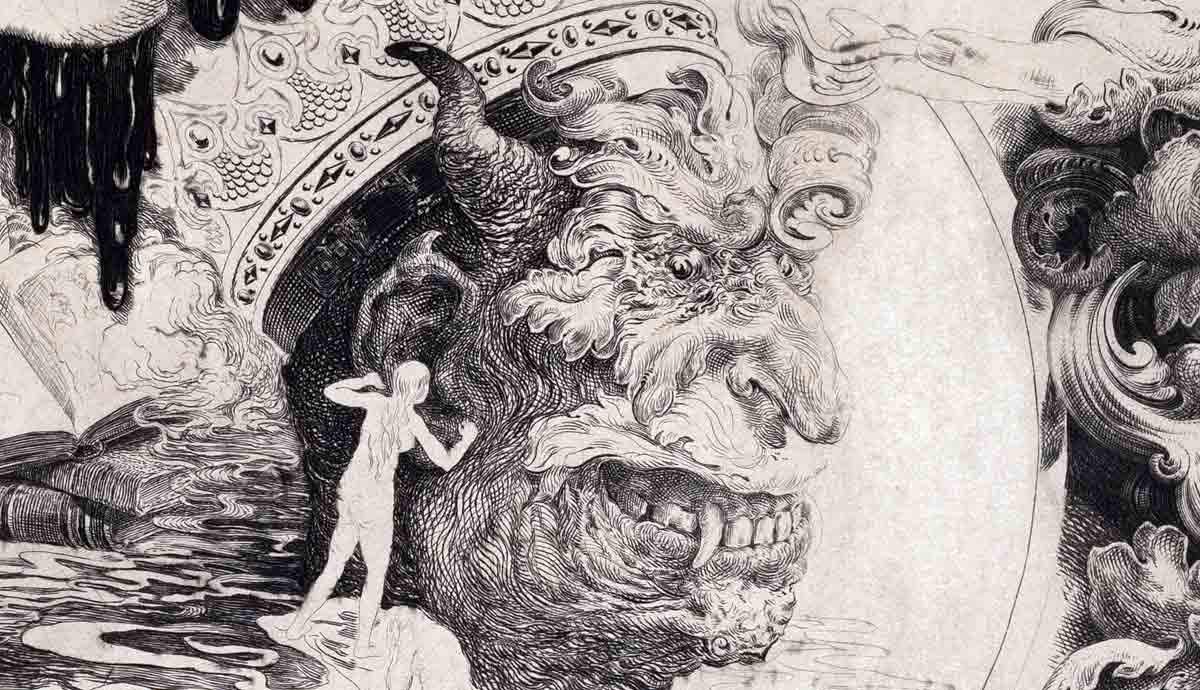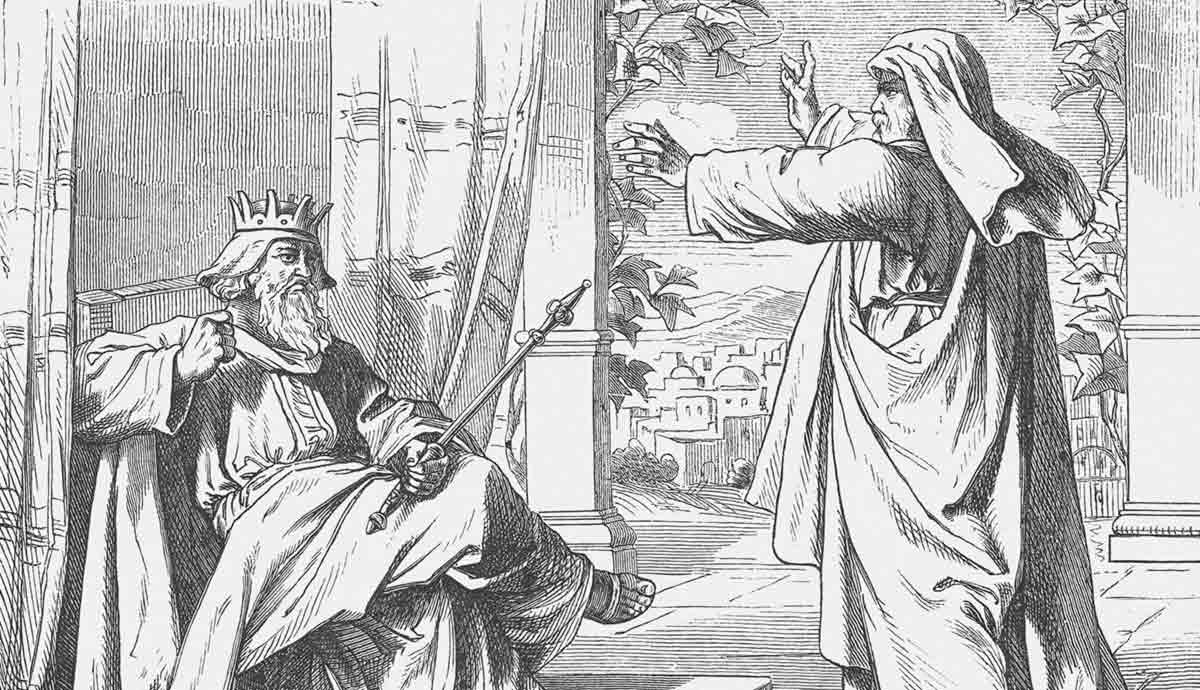
First and Second Kings are one literary work that was divided into the two books we have today when translators rendered the Hebrew text into the Greek Septuagint. That division was carried through to the Latin Vulgate and subsequently into modern Bible translations. The Septuagint and Vulgate combined 1 and 2 Samuel and 1 and 2 Kings to form the four-part Book of Kingdoms, detailing the narrative of the Israelite monarchies in a single set of books.
Authorship and Date

1 and 2 Kings provide no indication of who the author of the book was. Jewish tradition holds that Jeremiah compiled the account, but contemporary scholars do not subscribe to that view. It could have been any number of other prophets who may have recorded events as history progressed. This idea is supported by 1 Chronicles 29:29 which refers to records allegedly kept by some of the prophets.
What is evident is that 1 Kings was compiled from other sources. The author/compiler was familiar with Deuteronomy, and 1 Kings mentions three sources that either corroborate its content, may have served as source material, or provide additional information about kings mentioned in the book. These sources are The Book of the Acts of Solomon (1 Kings 11:41), The Book of the Chronicles of the Kings of Israel (1 Kings 14:19), and The Book of the Chronicles of the Kings of Judah” (1 Kings 14:29). Many scholars believe these three sources were official records from the royal archives in Jerusalem and Samaria.
There is no scholarly consensus on the dating of 1 and 2 Kings. Some scholars propose that 1 and 2 Kings were compiled during the Babylonian Exile, while others suggest that compilation occurred earlier due to references that refer to things still in existence and use at the time of writing (See 1 Kings 8:8). Considering that such references may have been recorded long before the compilation of the greater single Hebrew volume of Kings, they do not represent a true reflection on the time of composition.
Historical Context

It makes sense that the exiled Jews would want to have a comprehensive record of what happened to the nation of Israel, its split into two kingdoms, and the demise of both. The compiler went to much effort to provide an accurate sequential record. The narrative focuses on the covenant relationship between God and his people and how they repeatedly went astray. This continual apostasy eventually resulted in the exile of both the Northern Kingdom of Israel and the Southern Kingdom of Judah. The former to Assyria and the latter to Babylon. The story of the Israelites explained why the Jews experienced the suffering they did at the time of composition.
Structure

1 and 2 Kings are divided into sections covering either kings, prophets, or kingdoms. The division between 1 and 2 Kings seems arbitrary.
Solomon’s Reign (1 Kings 1-11)
This section details the Kingdom of Israel at its prime, though it also prefigures the fall that would follow.
Division of the Kingdom (1 Kings 12-16)
1 Kings 12-16 detail the reasons and events resulting in the division of the Kingdom of Israel into two separate kingdoms.
Elijah’s Ministry (1 Kings 17-22)
Elijah is a significant prophet in Israelite history, playing a major part typologically as well.
Elisha’s Ministry (2 Kings 1-8)
Elisha continued to provide warnings to the apostate leaders among God’s people as Elijah did. His prophetic ministry was marked by many miracles.
Decline of Israel (2 Kings 9-17)
The apostasy and decline of the Northern Kingdom of Israel resulted in exile by the Assyrians.
Decline of Judah (2 Kings 18-25)
The apostasy and decline of the Southern Kingdom of Judah resulted in exile by the Babylonians.
Main Themes

The two volumes of the Kings record the cycle of apostasy and reform among God’s people. 1 and 2 Kings start with the pinnacle of the Israelite monarchy in the reign of Solomon, and end with both the Northern and Southern kingdoms in exile because they worshiped idols and neglected to heed God’s commands.
During the detailing of these events, the sovereignty of God, the covenant of faithfulness and judgment, the dangers of idolatry, and God’s mercy and patience become evident primary themes embedded in the narrative.
Key Passages

1 Kings 8:10-11
“And when the priests came out of the Holy Place, a cloud filled the house of the LORD, so that the priests could not stand to minister because of the cloud, for the glory of the LORD filled the house of the LORD.”
The high point in the Israelite monarchy was when the glory of God manifested in the Temple at its inauguration. It showed his approval of the house Solomon erected in his honor. The Second Temple, built after the Babylonian exile never saw such a manifestation of the presence of God.
1 Kings 12:16
“And when all Israel saw that the king did not listen to them, the people answered the king, ‘What portion do we have in David? We have no inheritance in the son of Jesse. To your tents, O Israel! Look now to your own house, David.’ So Israel went to their tents.”

Shortly after the death of Solomon, the ten Northern Tribes of Israel rejected the reign of Rehoboam and established the Northern Kingdom of Israel. It left the tribes of Judah and Benjamin as the Southern Kingdom of Judah. This split marks a significant point in the decline of the people of God.
1 Kings 13:2
“And the man cried against the altar by the word of the LORD and said, ‘O altar, altar, thus says the LORD: ‘Behold, a son shall be born to the house of David, Josiah by name, and he shall sacrifice on you the priests of the high places who make offerings on you, and human bones shall be burned on you.’”
The man of God is never named in the Bible, yet he prophesies about King Josiah who would reign and fulfill his prophesy 300 years later. It constitutes the longest time between the naming of a king in a prophecy and the fulfillment of his actions.

1 Kings 18:38
“Then the fire of the LORD fell and consumed the burnt offering and the wood and the stones and the dust, and licked up the water that was in the trench.”
Elijah’s battle against the priests of Baal is a noteworthy example of the struggle between good and evil. Fire falling from Heaven in the Bible is either a sign of acceptance or judgment.
2 Kings 2:11
“And as they still went on and talked, behold, chariots of fire and horses of fire separated the two of them. And Elijah went up by a whirlwind into heaven.”
This verse records the second person in scripture to be taken up into heaven without dying. The first was Enoch in the seventh generation from Adam.
2 Kings 20:11
“And Isaiah the prophet called to the LORD, and he brought the shadow back ten steps, by which it had gone down on the steps of Ahaz.”
1 and 2 Kings record many iconic supernatural events. The event recorded in 2 Kings 20:11 implies a reverse in the rotation of the earth. Theologians believe that “the steps of Ahaz” refers to a sundial. If the steps refer to a degree, ten steps constitute a ten-degree or 40-minute counter-rotation. Scholars have suggested the event is ahistorical and posit metaphorical or naturalistic explanations.

2 Kings 23:16-17
“And as Josiah turned, he saw the tombs there on the mount. And he sent and took the bones out of the tombs and burned them on the altar and defiled it, according to the word of the LORD that the man of God proclaimed, who had predicted these things. Then he said, ‘What is that monument that I see?’ And the men of the city told him, ‘It is the tomb of the man of God who came from Judah and predicted these things that you have done against the altar at Bethel.’”
These verses see the prophecy by the man of God mentioned in 1 Kings 13:2 fulfilled. 2 Chronicles 34 also records his acts against pagan worship. The time elapsed between the prophecy of 1 Kings 13 and its fulfillment in 2 Kings 23 is 300 years.
Contemporary Relevance of 1 and 2 Kings

The books of 1 and 2 Kings provide a record of God’s dealings with his people. It shows the blessing of obedience and the results of disobedience. Throughout these books, God’s faithfulness and mercy are evident, and the rebellious nature of the people of God is equally clear. Except for a few kings, most were self-serving and abandoned the worship of God.
The record provides examples for contemporary Christians of the consequences of obedience and disobedience. The faithful kings and prophets serve as examples and role models of faith and indicate how God can turn bad circumstances into opportunities to display his power and providence. Contemporary believers can draw strength from the historical record of God’s intervention on behalf of his people.
